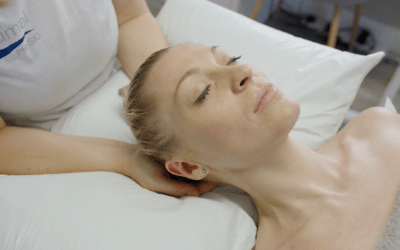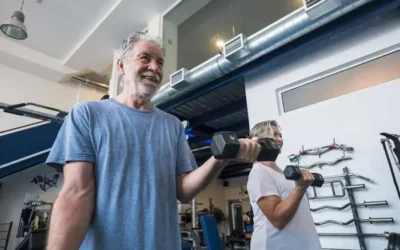Running is a really satisfying form of exercise with numerous health benefits but you must not underestimate the effects on your body. Running is repetitive and can cause pain and injury, especially when you change your routine such as increasing your mileage or introduce speed or hills. Running injuries are part of and parcel of life for any athlete or recreational runner, but its always good to know that there are experts close by who know how to get you back on the road as quickly as possible.
Here we discuss some of the more common running injuries we see as Sports Physiotherapists at our Sports Injuries and Physiotherapy clinics in Largs and Newton Mearns including:
ITB (Iliotibial band) Friction syndrome
The ITB is a thick layer of connective tissue which attaches to the pelvis and the tibia below the knee. The ITB crosses two joints and is particularly susceptible to repetitive trauma. Pain occurs because the ITB becomes inflamed from repetitive loading. It is often worse running downhill or coming downstairs.
Pain and often swelling occurs on the outer aspect of the knee and can radiate up the thigh to the outside of the hip. A ‘snapping’ sensation can be felt.
Poor pelvic control and poor training habits can contribute to this. Foam rolling can be helpful, as can sports massage but getting to the root of the problem is advisable. Reduced foot and ankle mobility or poor pelvic stability can contribute to ITB friction syndrome and a thorough assessment will identify this and provide you with a tailored exercise regimen to make sure you get back to running at your race pace.
Medial Tibial Stress Syndrome (shin splints)
Most commonly occurs with ‘too much too soon’. Pain is felt up the front of the shin during or after running. This can be very sharp and the shins can be tender to touch. The deep calf muscles attach onto the tibia (shin bone) and this attachment (periosteum) becomes inflamed in MTSS. The anterior shin is a common area for stress fractures in runners and it is important to distinguish between the two. A Sports Physiotherapist or Podiatrist can assess your hip, knee and foot biomechanics to identify any contributing factors and provide you with a rehabilitation plan.
Achilles Tendonopathy (achilles tendinitis, achilles tendinosis)
Pain is felt on the achilles tendon or where the tendon attached to the heel. People often report ‘running through it’ It often starts early into a run, but it can be very painful after. Tendon injuries are often not inflamed, but degenerative injuries caused by repetitive loading. Limited ankle movement, poor pelvis stability and poor footwear can all contribute to achilles tendinopathy. The management of achilles tendinopathy depends on the stage of injury, but treatment will usually include stretching and eccentric strengthening exercises.
Running injuries can happen to anyone but we can help make sure it doesn’t impact on your goal of breaking your PB at the upcoming 10km. At Optimal Physio we aim to keep you running where possible, or aim to get you back as soon as possible feeling strong and staying strong. We look to identify any address all the contributing factors to your problem and provide you with an individualised rehabilitation plan to help you achieve your goals.
Enjoy your training and good luck.
Pamela Couper
Head Physiotherapist at Optimal Physio in Largs, Ayrshire.
email: pamela@optimalphysio.co.uk



0 Comments